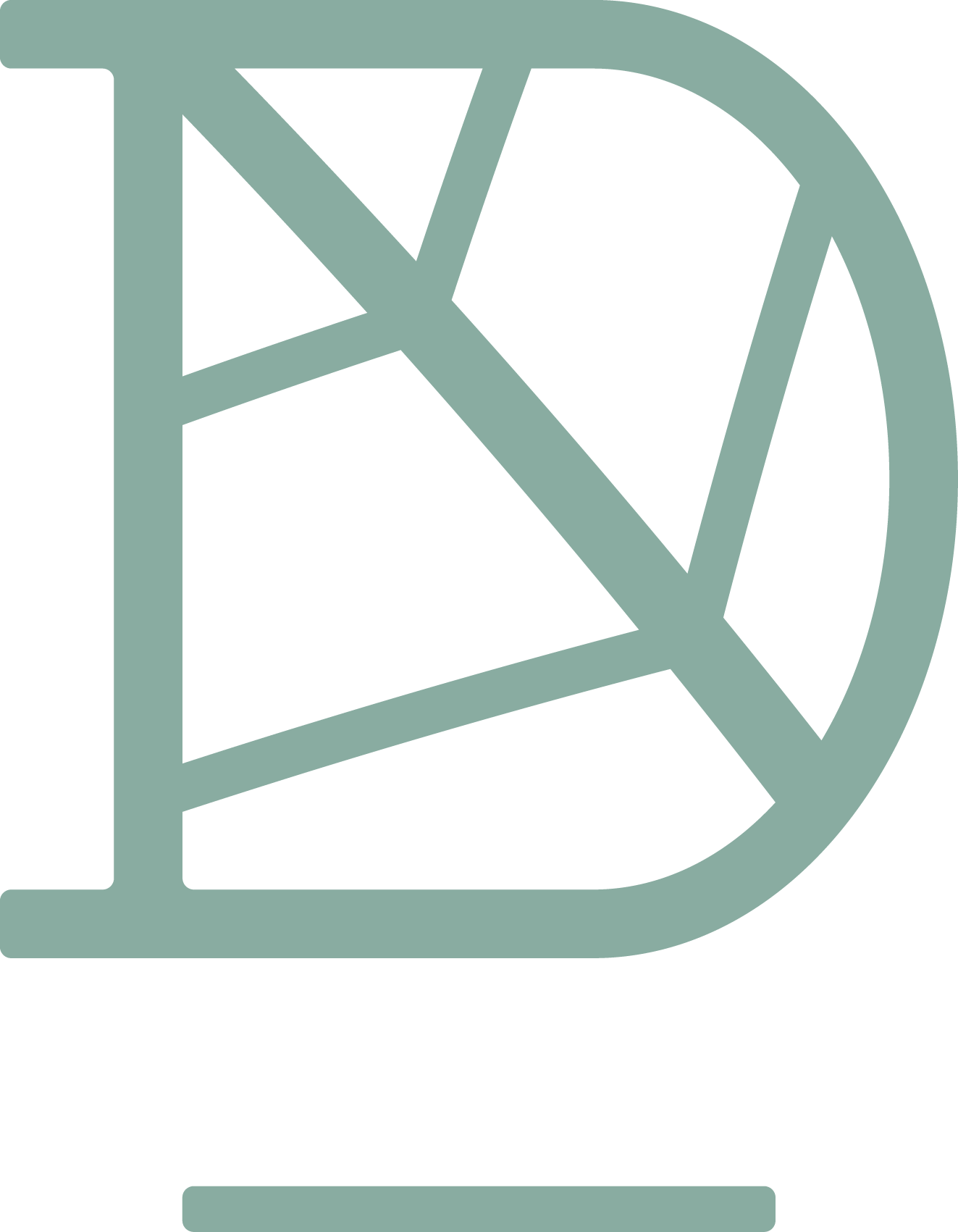What is OPM?
Oak Processionary Moth (OPM) gets its name from the distinctive processionary behaviour of the caterpillars moving in nose-to-tail lines.
The caterpillars of these moths feed on oak foliage leading to severe loss of photosynthetic material which can reduce trees longevity and make them more vulnerable to other diseases. However, the main concern with this pest is the threat to human/livestock/pet health because the caterpillars urticating hairs can cause severe allergic reactions.
health precautions
The oak processionary caterpillars’ tiny urticating hairs contain a toxin which can lead to itching skin lesions and less commonly sore throats, breathing difficulties or eye problems. This can happen if people touch the caterpillars or nests, or if the hairs are blown into contact by the wind.
For this reason, avoid contact with the nests and caterpillars – and keep pets and livestock at a safe distance.
The nest may persist for several years. Please treat these with the same caution as a live nest.
Adults and children must see a doctor immediately if they have come into contact with OPM and begin to suffer symptoms.
If pets or livestock come into contact, they should be removed from the area and a vet should be contacted.
how we can help
Down to Earth are familiar with the in-depth safety precautions required when dealing with the removal of OPM nests.
Removing and destroying nests between late June and early August is considered to be the most effective time during the lifecycle. By this time all of the larvae will have settled into the nest as pupae and are therefore more likely not to be out on the foliage. There are still likely to be ‘processions’ where different nests or groups are in different stages of life cycle.
Spraying can also be administered, this should be at the start of the year, between April and May, catching the caterpillar in juvenile form prior too nesting. Spraying will however not only be eradicating OPM, but other species within the vicinity. We recommend on ecological grounds to manage without spraying where possible. We are aware that treatment without spraying is often not an option, so we can provide these services alongside removal for a complete treatment.
Pheromone trapping has proven to be a fantastic way of trapping male moths, thus slowing/controlling the spread and giving data insights into adult moth numbers. This is carried out by installing traps in the surveyed trees/area from mid July to the mid September. We then compile data from throughout the years survey and treatment to ascertain overall effectiveness year on year. In theory, the number of moths caught should drop whilst undergoing treatment. Again, this method does not only trap OPM but other moths as well. Comparatively to spraying, there will be a great deal less eradication of other species due to being less aggressive.
For thorough and ongoing control of OPM numbers in order to limit spread, all of the above treatments are recommended by Forestry Research.
If you would like to find out more about our specialist treatment programme, please do not hesitate to get in touch.
Aerial nest removal
Esher, Surrey




